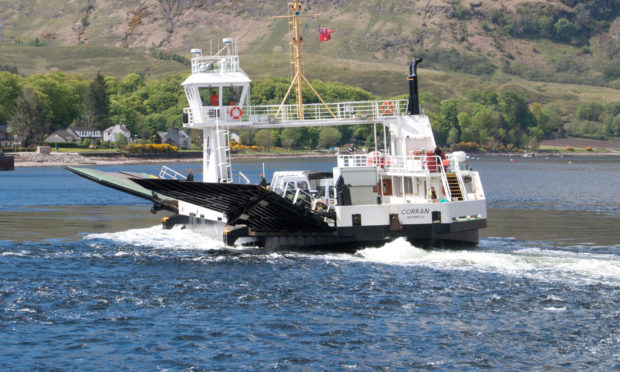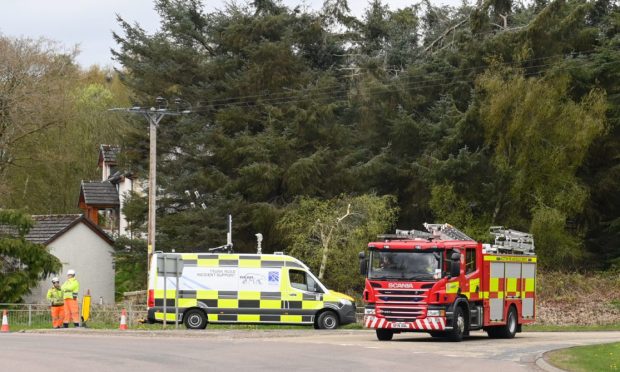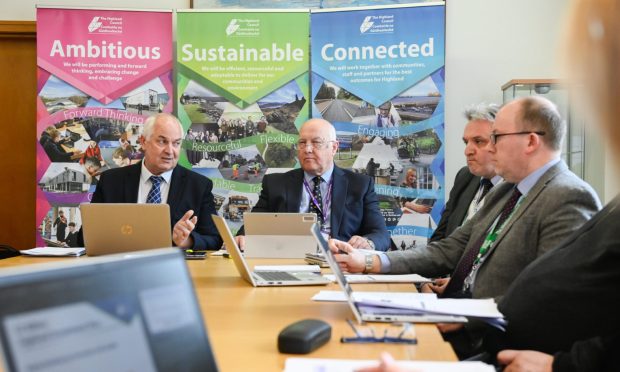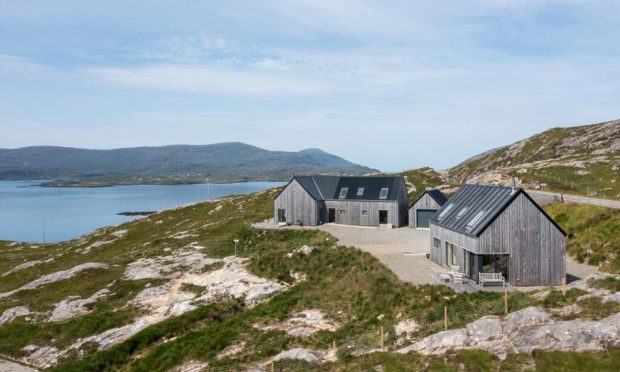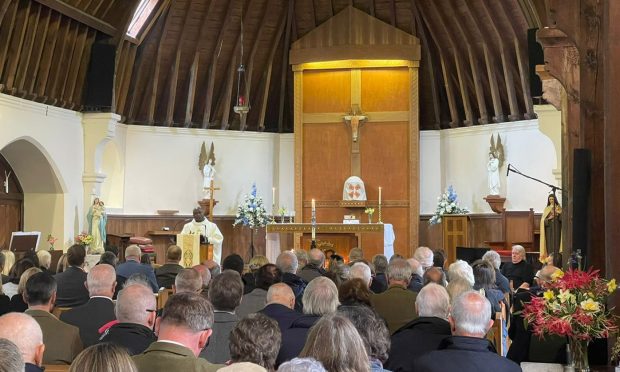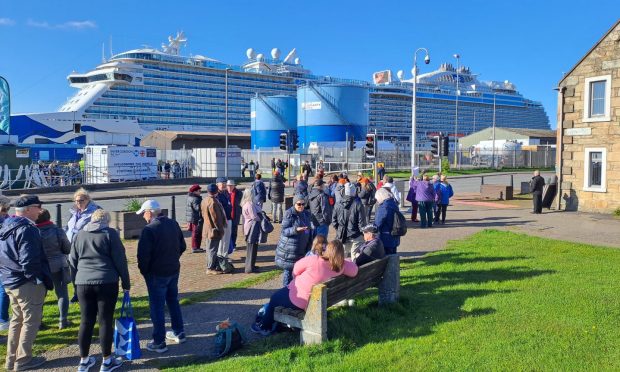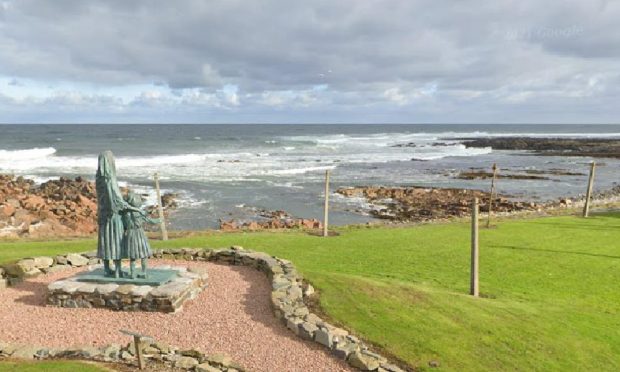A high-level study has concluded that a tunnel or bridge would be a feasible option to replace the lifeline Corran ferry.
A fixed link has long been mooted to connect Ardgour on the Ardnamurchan peninsula with the mainland.
And the report says it is viable from an engineering, planning and economic perspective.
It’s authors have now said that each option deserves further examination, though the costs are beyond The Highland Council’s means without Government assistance.
The five-minute trip, understood to be the busiest single-vessel ferry crossing in Europe, carries 500,000 people and 250,000 cars a year over the Corran Narrows in Loch Linnhe.
Regional transport partnership Hitrans, the Highland Council and Highlands and Islands Enterprise jointly funded the study.
They say a fixed link would dramatically improve connectivity and enhance access to services and employment opportunities for residents in Ardnamurchan, Morvern and also Mull.
It would also reduce travel time and remove the need for ferry charges.
They say there are no ‘showstopper’ issues preventing the construction of a bridge or tunnel.
Three options remain on the table – a tunnel, costing £66 million to £108 million, a bridge built along the existing ferry route, or a bridge along a central corridor to the south.
The latter two options would cost between £42 million to £78 million.
The council, which runs the ferry service, says the estimates are beyond their resources.
As a result, the report has been passed to Transport Scotland, given the project’s strategic importance and to meet the goals of the new National Transport Strategy.
The study by consultants Stantec does not recommend whether a bridge or tunnel is the most appropriate long-term option, or give a preferred route for a fixed link.
It does say evidence suggests a fixed link would help the economically-fragile area retain and grow its population.
But the report also warns the schemes do also have the potential to erode the character of the area.
Councillor Allan Henderson, Chair of Hitrans and vice-convener of The Highland Council, said: “The current service is no longer sustainable as demand increases and doing nothing is not an option.
“I am very pleased the feasibility study has demonstrated the viability of a fixed link, which will be a huge benefit to local residents – reducing their travel time and removing the need to pay significant ferry fares.”
Martin Johnson, interim director of strategy and regional economy at HIE, also welcomed the report, saying: “It provides focus for potential options going forward and will be extremely valuable in informing next steps.”
A Transport Scotland spokesperson said: “We have the report and will respond in due course.”
